Despite its shifting retail landscape, the U.S. remains one of the world’s largest and most-coveted consumer markets. It is also one that many foreign brands opt to pass over, because setting up shop in the U.S. can be a risky business. Now a group of veteran retail executives has come up with a brick-and-mortar concept called HiO, which offers a stepping-stone for established foreign brands that want to enter the U.S. market without going it alone. HiO (pronounced “hi-oh”) is also a platform for e-commerce brands that want to venture into the brick-and-mortar arena.
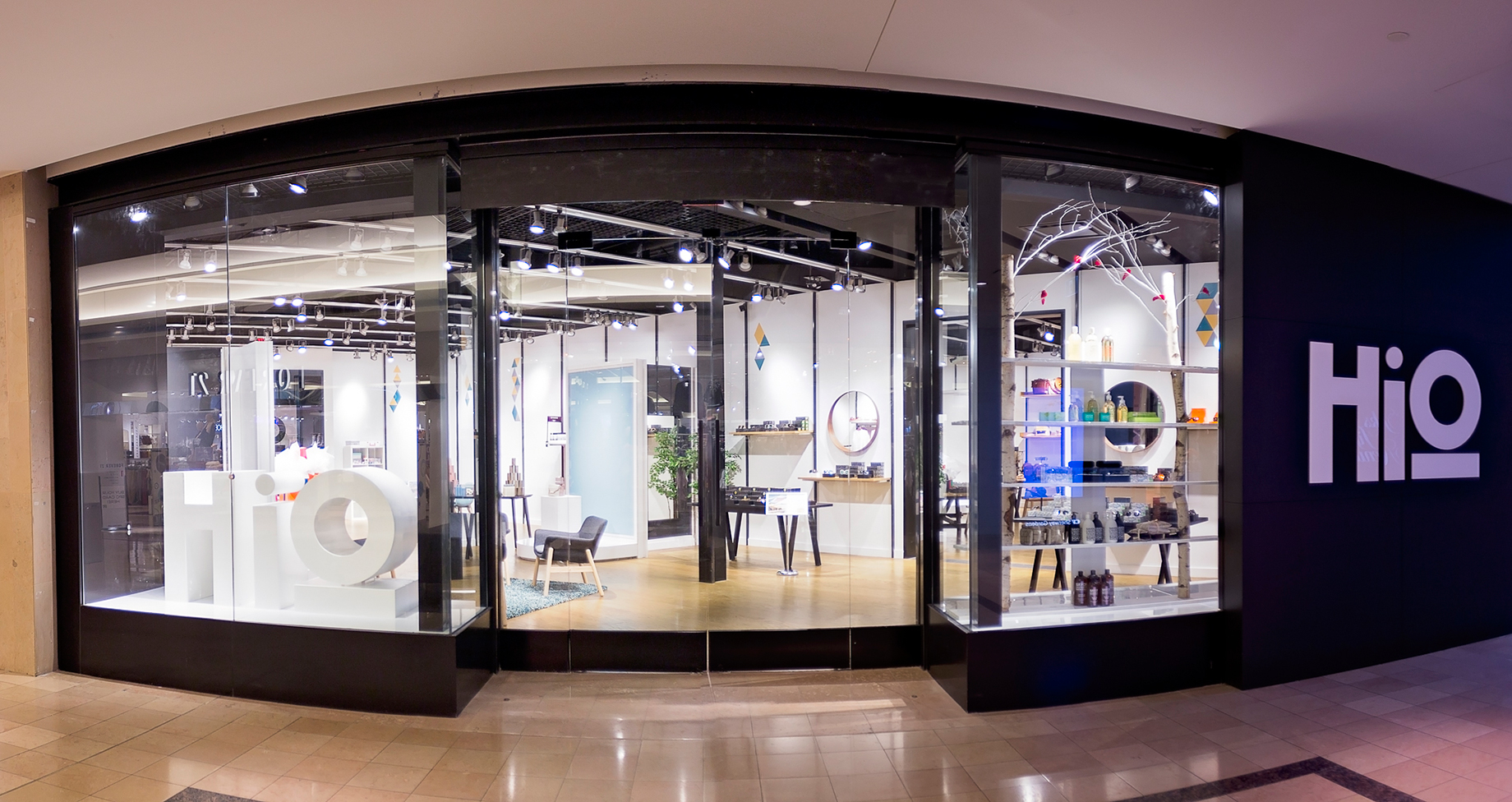
In late August Direct Brands Group — among whose founders are David Zoba, former global real estate head at Gap Inc.; and Larry Meyer, a former executive at Uniqlo and Forever 21 — opened its first fully designed store, at Acadia Realty Trust’s City Point, in Brooklyn, N.Y. The store offers a mix of eight international brands, seven of which are new to the U.S.
Direct Brands, a specialist in helping international and e-commerce brands establish themselves in North America, introduced the HiO concept in Toronto — where the firm has operated pop-up, multibrand “gifting” stores at Cadillac Fairview’s Toronto Eaton Centre and Sherway Gardens. These pop-up stores operated out of already built-out retail spaces (and one of the stores remains open), but the store in Brooklyn is HiO’s first full design of its own space. Direct Brands also had a HiO pop-up store at Simon’s Roosevelt Field mall, in Garden City, N.Y. That store was housed in a space called The Edit, which is used to showcase new designers, products and ideas.
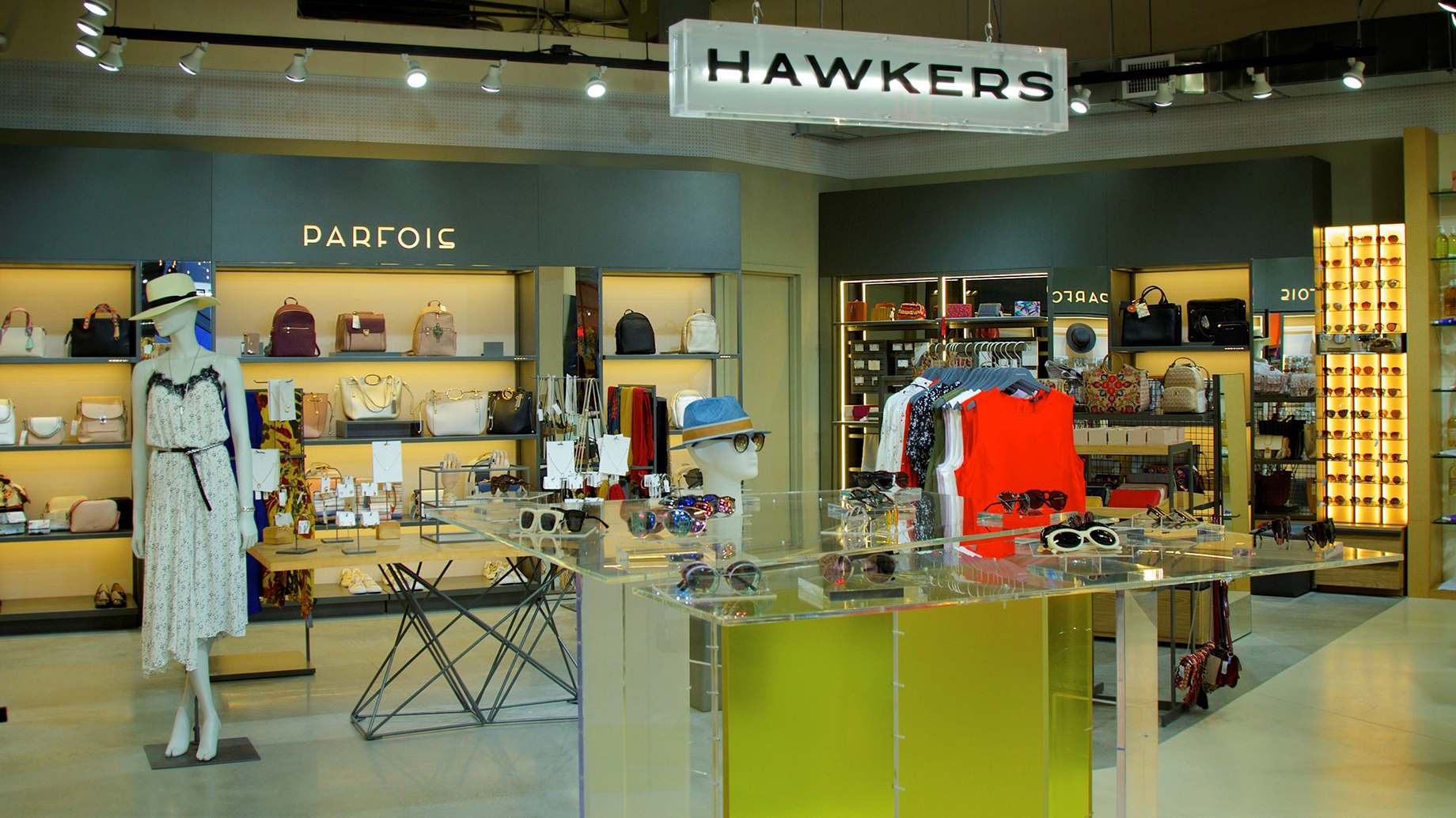
“Our mission is to provide consumers with exciting new choices by showcasing proven international brands,” said Zoba. “Brands can see how they resonate in the United States without investing $30 million.”
Zoba knows very well the challenges that retail brands face when entering new markets. As Gap Inc.’s global real estate head, he helped oversee the rollout of Gap stores in China and Italy, and of Old Navy stores in Mexico, along with the openings of about 100 Athleta stores in the U.S. For the past three years, Zoba has been chairman of the JLL global retail leasing board. In that role, his responsibilities include advising retail clients on cross-border expansion.
Many international retailers have cold feet when it comes to entering the U.S., and for good reason, Zoba observes. H&M and Zara, to name two, have been successful here, but that has taken a long time and has cost a lot of money. Others have entered the market with high hopes, only to struggle and, ultimately, in some cases, to give up. Foreign brands stand a better chance by forming partnerships with local entities that have market knowledge and connections — as U.S. retailers often do when they expand abroad, Zoba says. Many international brands “know the United States is the number-one market in the world, but they, for various reasons, fear entering the market,” said Zoba. “We want to be the dominant partner of choice for international brands that want to come to the United States.”
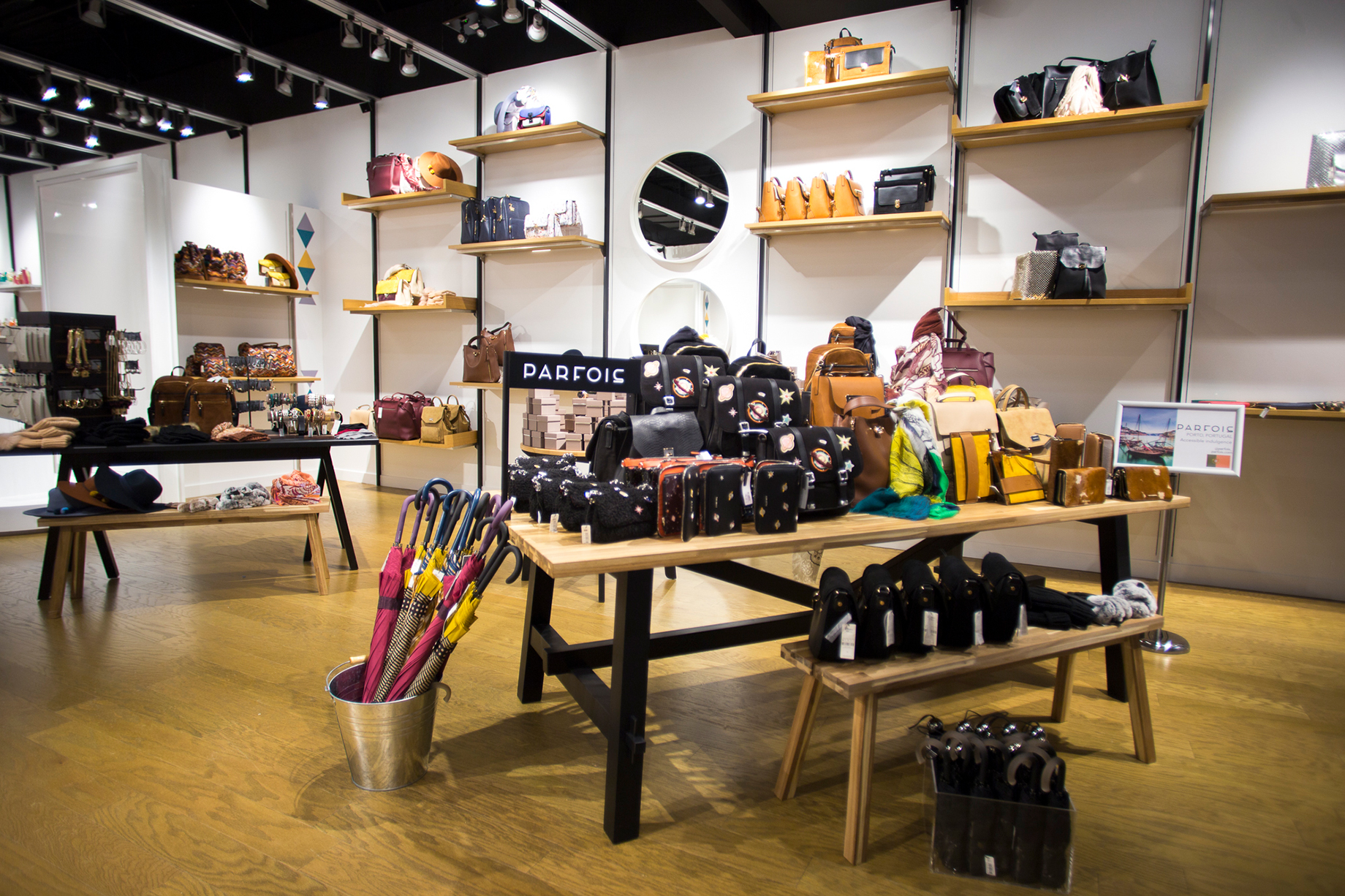
The industry veterans at Direct Brands also include Sever Garcia, who is CEO, and Herbert Kleinberger, the firm’s chief information officer. Kleinberger is a longtime retail industry consultant and adjunct professor at NYU’s Stern School of Business. Garcia, a native of Spain, is also founder and CEO of SGN Group, which has helped many foreign brands get their products into U.S. department stores. SGN is also an operating partner in Direct Brands.
For the HiO platform, Direct Brands has built “a library” of some 300 international brands and engaged 35 of them for placement in the stores. The goal is for each HiO store to carry a regularly changing mix of moderately priced products that resonate with consumers at the local level. Each brand uses its own fixtures to display its products, but HiO stores are intended to be a seamless shopping experience. Brands supply inventory to HiO on a consignment basis, and HiO and its brands each get a percentage of sales.
“We want HiO to be a brand of discovery,” said Meyer. “The purpose is to provide more choice to the American consumer. [Brands’] success will be measured in part by graduation out of HiO into their own stores.”
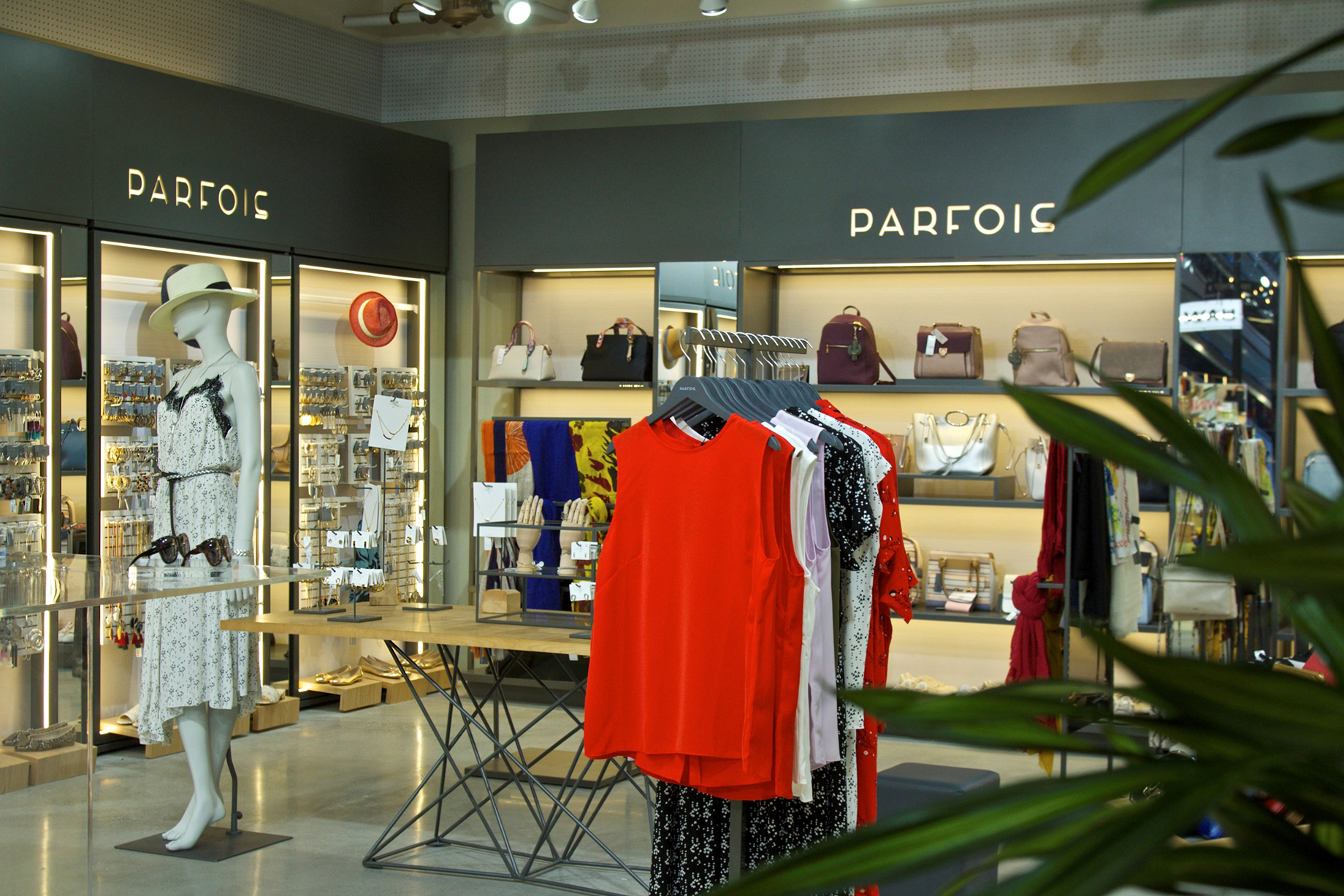
For that first full-line store, the HiO team selected an array of brands intended to appeal to the many trend-conscious consumers who live, work and play in and around downtown Brooklyn. The City Point store offerings include writing instruments from Campo Marzio (of Italy); cosmetics from Compagnie de Provence (France); embroidered bags from Emma Lomax (the U.K.); sunglasses from Hawkers (Spain); handbags and jewelry from Parfois (Portugal); scented candles from Skandinavisk (Denmark); and beauty products from U.S. e-commerce brand Winky Lux.
Direct Brands says it intends to open about a dozen additional stores over the next 18 months, subject to capital availability. Some future stores will be located in shopping centers, and others in street-front retail space, says Zoba, who estimates that there are probably about 150 to 200 “very hip” places in the U.S. that are appropriate potential locations. In some places, Direct Brands could open two HiO stores without any risk of repetition or overlap. “With 35 potential brands to pull from, we could curate two stores with slightly different themes,” said Zoba.
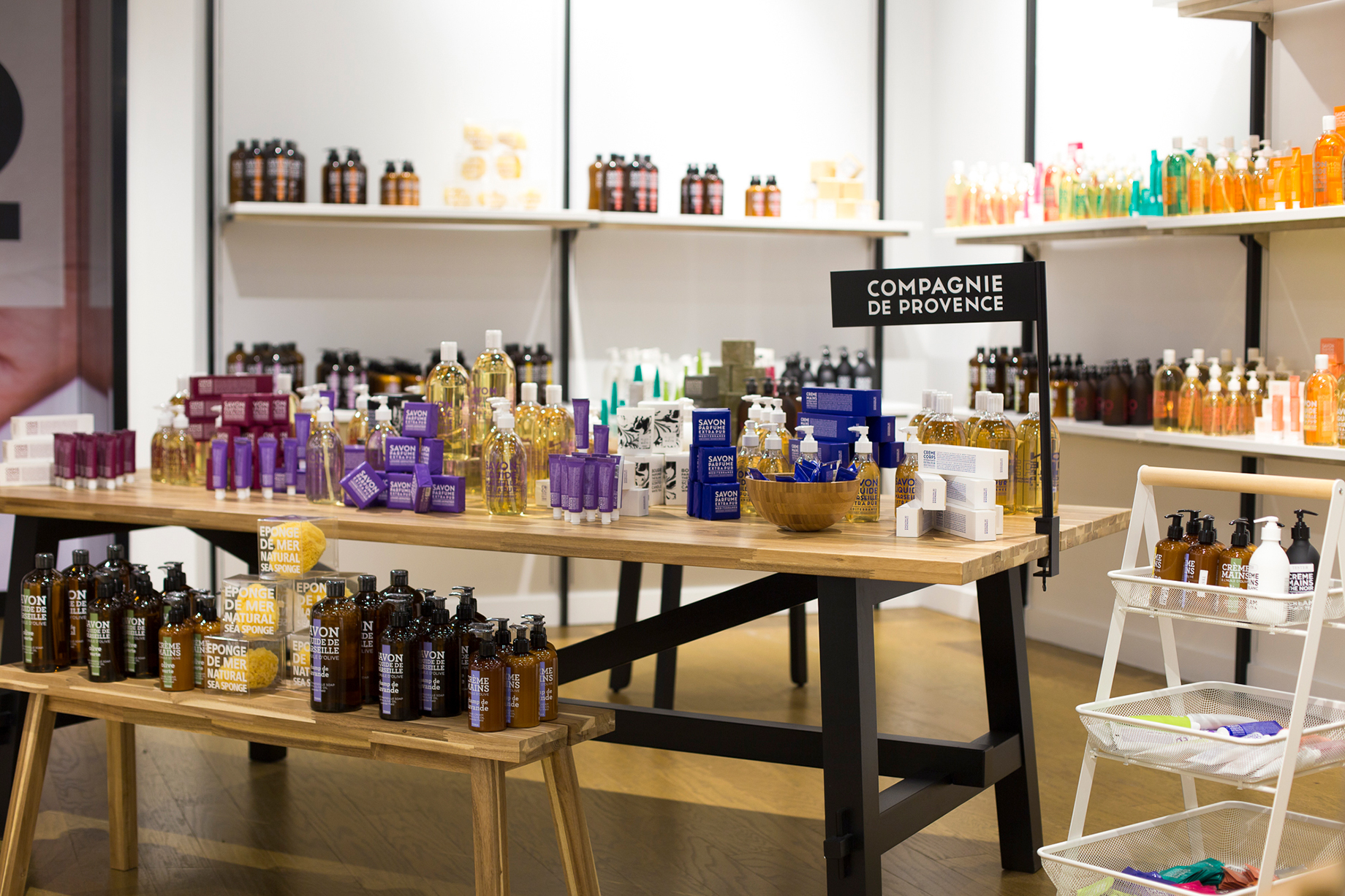
The initial full-line HiO measures 1,900 square feet, but future stores are likely to be much larger, allowing Direct Brands to allocate more space to individual brands and to include such amenities as a coffee bar, a flower shop and an Instagram wall. HiO’s ideal size would probably be about 4,500 square feet, according to Zoba. Direct Brands also intends to launch a digital platform for HiO that will enable consumers to explore new brands and shop online.
Marina Fernández Freijo, a managing director at SGN, describes the HiO shopper in one word: adventurous. Fernández Freijo has played a key operational role at HiO — specifically, opening and managing stores, hiring employees and overseeing other critical tasks.
The HiO customer, she said, “is someone who is willing to explore and appreciates a global brand,” along with “exclusivity at an affordable price point.”
By Anna Robaton
Contributor, Commerce + Communities Today


